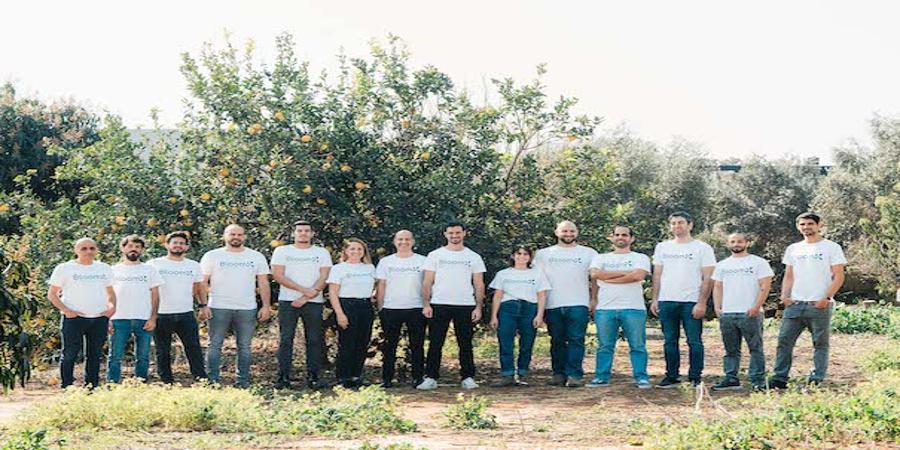Given our general reliance on something called “food” you’d think the issue of pollination – and its general decline – might be higher up the world’s agenda. Over 80% of crops require insect pollination, but growers can no longer rely on the dwindling wild bee population.
But it’s a complex problem. Pollinating crops with honey bees can pose a threat to indigenous wild bees who are forced to compete with honey bees for food and are then exposed to new diseases. AgTech startups are addressing this by working on artificial pollination innovations, or on methods to make honey bees more efficient and less impactful on wildlife.
BeeWise and BeeHero are solutions that enhance honeybees and their pollination efforts, for instance. But honeybees are ineffective pollinators for most types of crops. And some startups are trying to artificially pollinate but their solutions are limited to greenhouse plants. What is to be done?
Israel-based BloomX is a startup which has an AI-driven “bio-mimicking technology” where it puts AI alongside mechanical devices to make the whole process more likely to succeed.
It’s now emerged from stealth with an $8 million Seed round led by Ahern Agribusiness, a US-based vegetable seed distribution company. Also participating was Vasuki Global Tech fund, Bio Bee, the Israeli Innovation Authority (IIA) and Dr. Gal Yarden.
“Our goal is to provide a highly-efficient, and easy-to-use mechanized pollinator that empowers growers to effectively manage and attain control over the entire pollination process without exploiting bees,” said Thai Sade, Co-founder and CEO of BloomX, in a statement.
BloomX’s platform sets out to pinpoint the optimal window for pollination and then sends crop-specific hardware devices to replicate the natural pollination process. These are electric vehicles with mechanical arms which navigate between two rows of plants and vibrate their stems. Pollen then detaches and lands on flowers’ stigmas to pollinate them, says the company.
So, for avocado trees, for instance, BloomX has a ‘Collector Device’ that ‘strokes’ an avocado plant to release its pollen grains which are then transmitted to a different variety of avocados.
Ran Ben-Or, Managing Partner and Founder at Tene Investment Funds added: “By empowering growers to produce greater yields with less land, and alleviating the need to introduce non-native pollinating insects, BloomX lowers the environmental footprint of crop production and has set itself apart from other solutions operating in the pollination space.”
Source @TechCrunch



